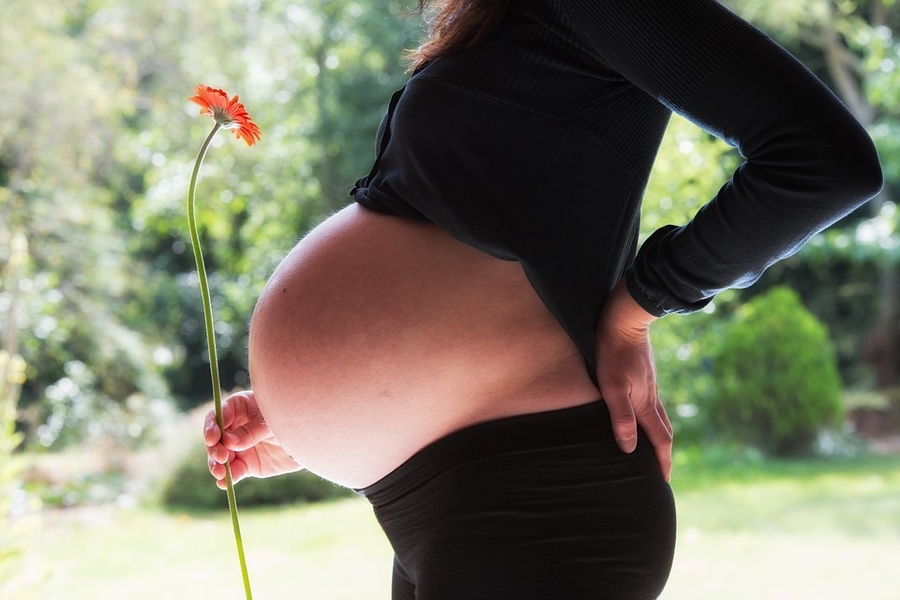
A Bird’s Eye View About Placenta Previa
22 Mar 2018 | 4 min Read
Babychakra
Author | 1369 Articles
Placenta Previa is a condition where there is an unusual placement of the placenta in the mother’s womb. While it sounds grave, it need not be so if tackled smartly well in time.
What is placenta previa?
The placenta is a large organ that is formed during pregnancy, and acts as a link between the pregnant woman and the baby in the womb. It attaches itself to the side or the top of the uterus normally and is responsible for providing life-sustaining nourishment to the growing baby. Sometimes, this placenta attaches itself to the lower part of the uterus and completely or partially covers the cervix, blocking it. The cervix is the lower portion of the uterus that opens up during delivery to allow the baby’s birth. This condition where the cervix is partially or completely blocked is known as placenta previa.
Forms of placenta previa
Depending on the site of attachment in the uterus, placenta previa can be of different forms such as:
- Placenta previa marginal: In this condition, the placenta is located near or close to the cervical opening, but does not cover it.
- Placenta previa partial: As the name suggests, the cervical opening is partially blocked by the placenta but does not completely cover the cervix.
- Complete placenta previa: This is when the placenta completely blocks the cervical opening, leading to complications during a normal vaginal delivery.
An ultrasound examination may at times use the term placenta previa posterior or placenta previa anterior – this further clarifies the position of the placenta in the uterus.
Placenta Previa – Symptoms
Bleeding and lower abdominal cramps are the commonest symptoms of a placenta previa.
- Bleeding: The symptoms of placenta previa often vary, but one of the most common indicators of placenta previa is a sudden, painless bleeding during the second trimester or the third trimester. The placenta previa bleeding may be very light or extremely heavy. It may stop by itself and resume after some time. It is important to seek immediate medical advice if there is any bleeding during any stage of pregnancy.
- Cramps: Constant cramping is another symptom of placenta previa, which may or may not be accompanied by bleeding.
A placenta previa usually gets diagnosed during the second trimester of pregnancy during an ultrasound examination. Often, the expectant mother reports bleeding and a placenta previa is diagnosed promptly. An ultrasound or other tests are necessary to confirm suspected cases of placenta previa.
Precautions to be taken with placenta previa
The precautions to be taken with placenta previa vary in each pregnancy. The position of the placenta changes during the course of pregnancy due to the change in shape and stretching of the uterus; and a placental previa marginal in the initial stages of pregnancy may move upwards by the third trimester.
A healthy lifestyle that’s stress-free with plenty of rest is recommended for all pregnant women. In expectant mothers diagnosed with placenta previa, it is critical to avoid heavy physical work. This averts mild bleeding, as well as prevents further bleeding that can lead to complications.
Cigarette smoking has been associated with placenta previa, and it is strongly advised to avoid smoking. Even passive smoking should be avoided by steering clear of places where smoking is allowed. This safeguards the pregnant woman further.
Placenta Previa Treatment
Placenta previa treatment cannot be standardized and varies depending on the gestational age of the pregnancy, the position of the placenta, the severity of bleeding and many other factors.
The doctors may advise complete bed rest for the entire duration of the pregnancy, or for a few months or weeks depending on the severity of the bleeding.
In certain cases, the doctor may suggest a preterm delivery. Certain medications may be given to enhance the development of lungs of the foetus before delivery. A Caesarean section is safer and is preferred to avoid unnecessary complications and risks.
In severe cases, an immediate operation may be required to stop heavy bleeding and save the mother and the baby.
Also read: Low Lying Placenta: Facts You Should Know!
A


Suggestions offered by doctors on BabyChakra are of advisory nature i.e., for educational and informational purposes only. Content posted on, created for, or compiled by BabyChakra is not intended or designed to replace your doctor's independent judgment about any symptom, condition, or the appropriateness or risks of a procedure or treatment for a given person.
